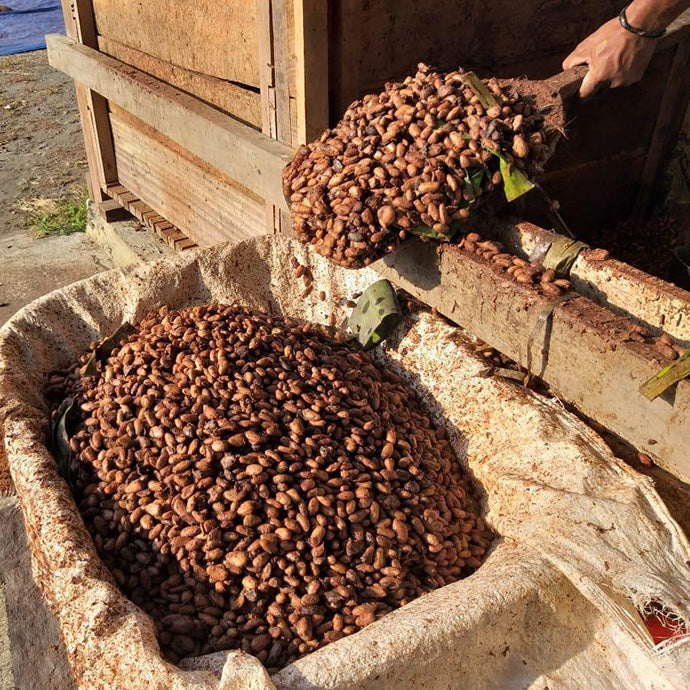Ransiki
Type
Central Fermentary
Location
Ransiki, West Papua, Indonesia
Varieties
Trinitario, Forastero
Fermentation Style
Wooden boxes
Drying Style
Indirect sun-dried on raised beds
Elevation
26 meters
Soil Type
Andesite
Butter Fat Content
52%


